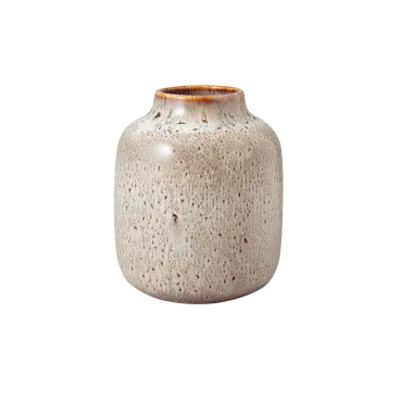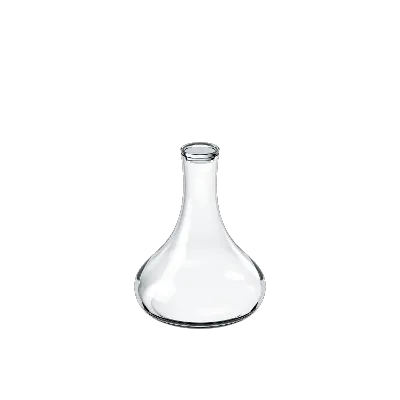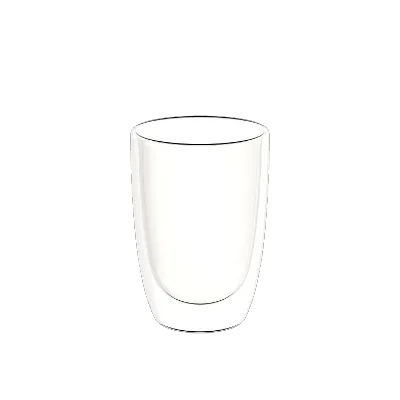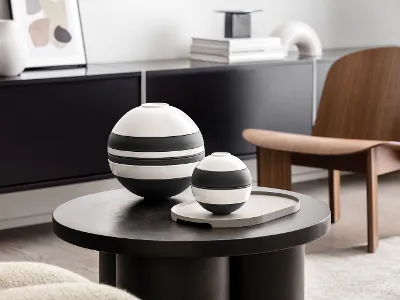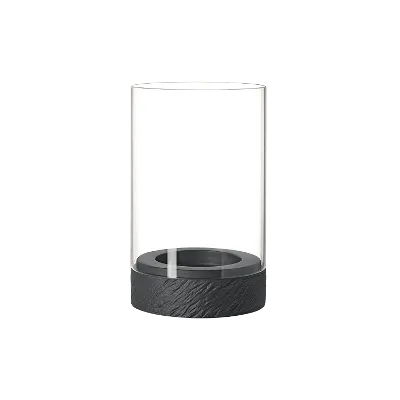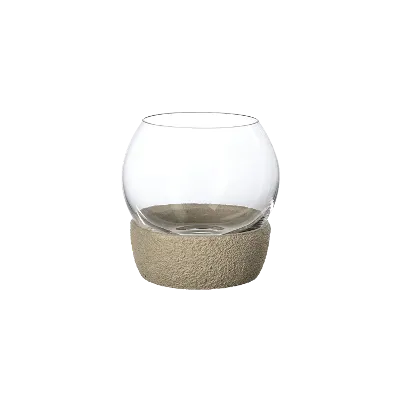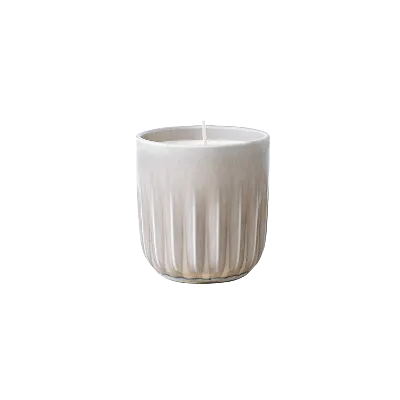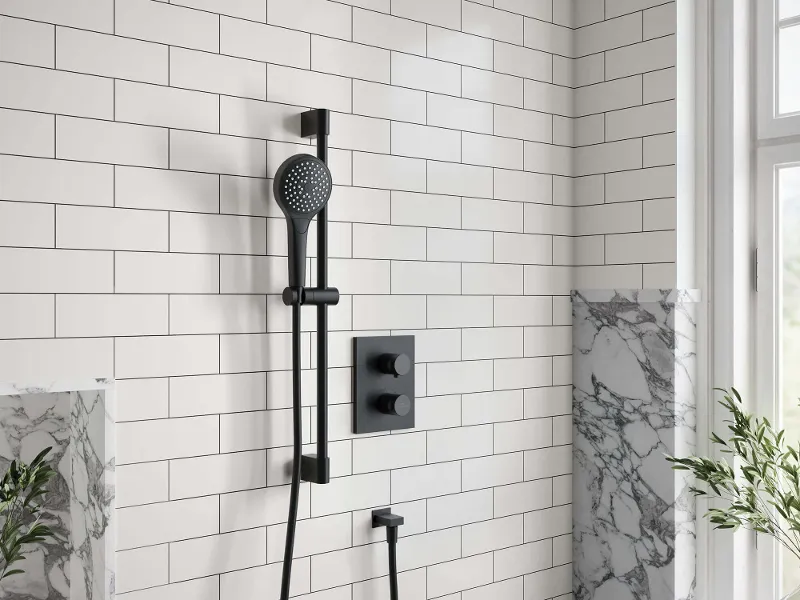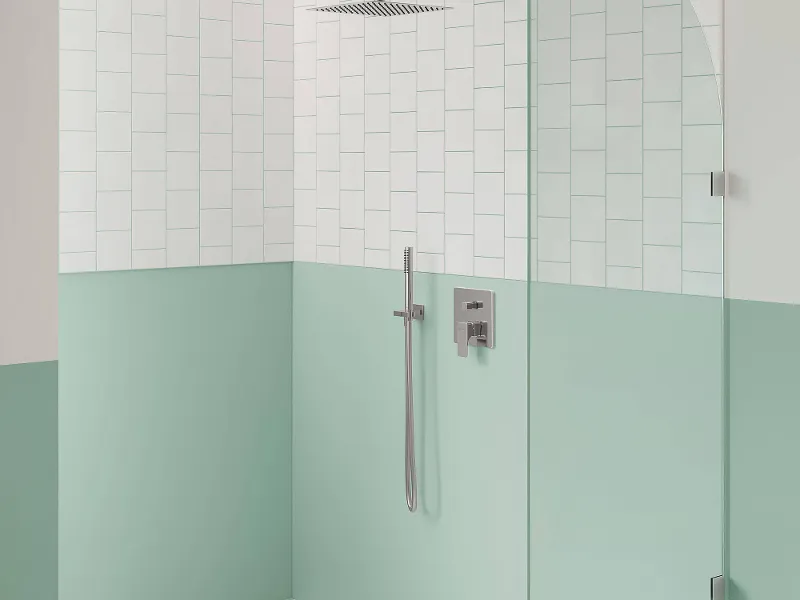Order cut off dates for Christmas Deliveries:
15 Dec for WA, SA & NT | 18 Dec for all other states

Shower cleaning tips
The best way to clean a shower is simpler than you might think. It doesn’t take much to keep your shower hygienically clean and free from mould, limescale, or other dirt. All you need are a few cleaning products and a bit of patience to make the tiles, grout, and all other surfaces in the bathroom shine again.
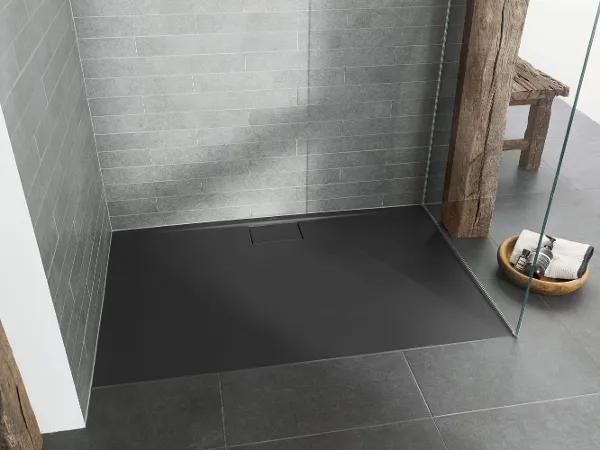
With a little help, learn how to clean a shower, no sweat!
A variety of different cleaning products, which are often advertised as designed for certain applications, are available from specialist retailers. However, if they contain aggressive chemicals or abrasives, the products can damage delicate surfaces from the very first application.
Grout is particularly sensitive, but other surfaces and materials can also become rough and increasingly unsightly due to overly vigorous cleaning, the wrong cleaning products or a combination of both.
The best way to clean a shower generally only requires a glass cleaner for the shower walls, a mild all-purpose cleaner or soft soap for the floor and vinegar or citric acid to remove limescale
How to clean a shower effortlessly
Use a soft cloth, such as a microfibre cloth, to clean your shower and avoid using the rough side of a sponge to clean smooth and delicate surfaces. Otherwise, the surface could become scratched, which not only comprises the overall look, but also requires more effort to clean – and that's exactly what you want to avoid.
For particularly stubborn limescale stains, leave vinegar to soak for up to an hour. Another of our shower cleaning hacks: For hard-to-reach areas, like around taps and fittings, it’s more effective to use a spray bottle to apply the vinegar as a fine mist. Incidentally, the smell of vinegar disappears very quickly after rinsing, and because vinegar has disinfectant properties, it also eliminates other odours. Mould, which thrives in damp environments, can also be effectively prevented using household vinegar as a home remedy.
Light stains can simply be removed with a damp cloth and a little washing-up liquid.
However, this is not enough for more stubborn limescale stains. The best way to remove these is with vinegar - one part simple table vinegar or vinegar essence diluted in 5 parts water is perfectly adequate.
Apply the vinegar with a cloth or sponge to the areas with lime buildup and let it sit for a few minutes. Afterwards, just rinse off the residue with clean water.
Info
Dirt and deposits in the shower are usually the result of hard, meaning lime-rich, tap water. This lime builds up on surfaces and grout after each shower, often in the form of water stains.
How to clean a shower – and how often?
It is recommended to carry out a thorough clean of tiles, taps and fitting, along with grouting, around once a month, or more often in the case of very frequent use. There are also some useful steps you can take to prevent stains from forming:
A squeegee can also be used to dry the tiles quickly. However, you should always use an absorbent cloth to wipe away the water directly from the squeegee.
Shower cleaning hacks to deal with mould
Mould thrives in damp and warm environments. That's why you shouldn’t wait until visible signs of mould appear; instead, take effective measures to prevent it.
The most important step is to ventilate the room thoroughly on a regular basis and to quickly reduce humidity after showering, such as by turning on the heating (or leaving it on for longer).
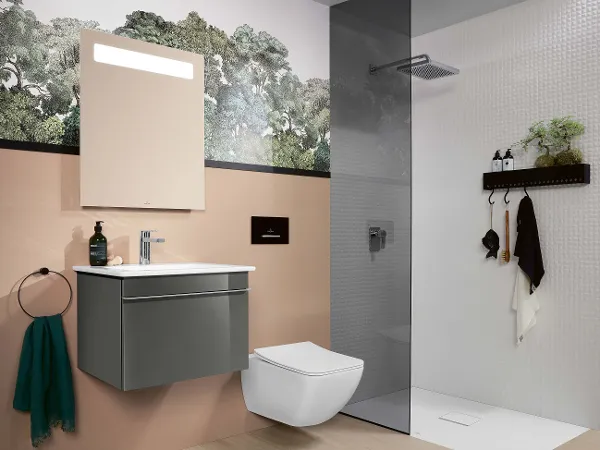
However, if black spots are already appearing on the grout, the ceiling, or other areas in the shower, you should act quickly. There are also proven shower cleaning hacks that you can use to permanently remove mould:
High-proof alcohol (at least 70% alcohol content, such as methylated spirits) or, again, vinegar (essence) both have a disinfectant effect and reliably kill mould spores. Alternatively, you can also use a mould remover from a hardware or DIY store.
In that case, be sure to ensure proper ventilation, as many of these products contain chlorine compounds. Also, never mix chlorine-based cleaning agents with acids, as this can create toxic chlorine gases!
Wipe the mould thoroughly with a cloth soaked in alcohol or vinegar until there are no more visible black marks or greasy deposits. You can also remove stubborn dirt with a little scouring cream mixed with vinegar or alcohol to achieve an extra disinfectant effect.
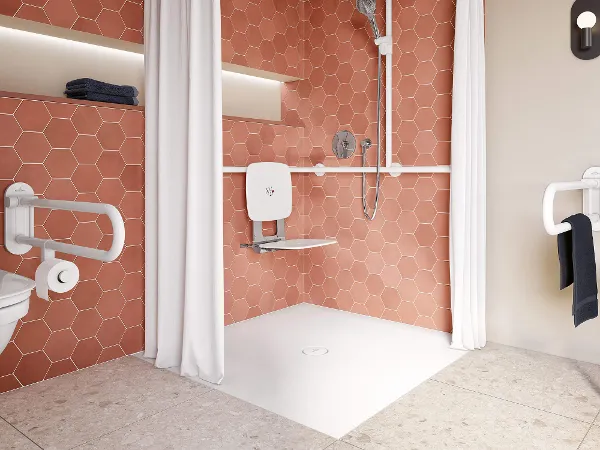
Replacing mouldy grout
Mould can also settle in the grout, which is not only an aesthetic issue. If the mould cannot be completely removed by hand because it has already become too deeply embedded in the grout, the only solution is to repair or completely replace the grout. In such cases, cracks or holes in mineral-based grout, like mortar or cement, can often be repaired. However, black, cracked or leaking silicone joints can no longer be repaired and must be replaced.
Before the substrate can be cleaned and disinfected, the old grout must first be removed. The new silicone joints can then be applied. If carried out properly, this ensures that no new mould can settle and spread again.

All about your personal spa bathroom
Discover modern bathroom ideas – including cleaning tips and exclusive benefits delivered straight to your inbox.
As a welcome gift, you will also receive a 10% discount on your first order of Dining & Lifestyle products.[0]


